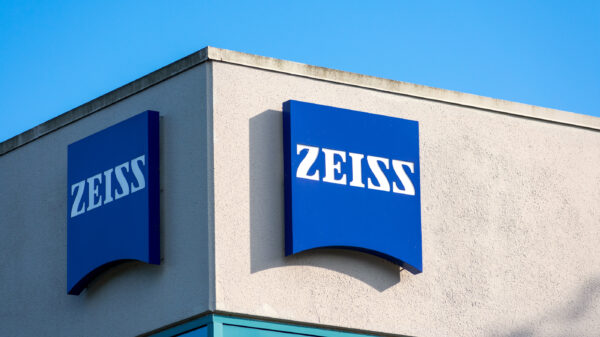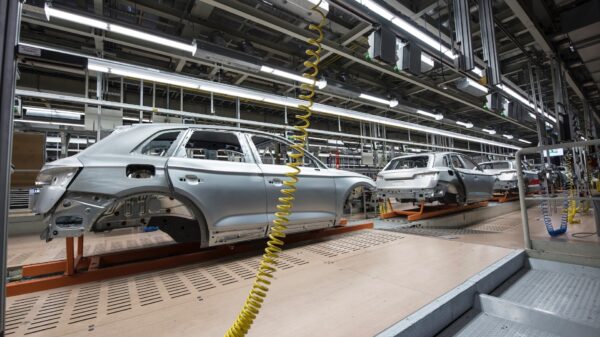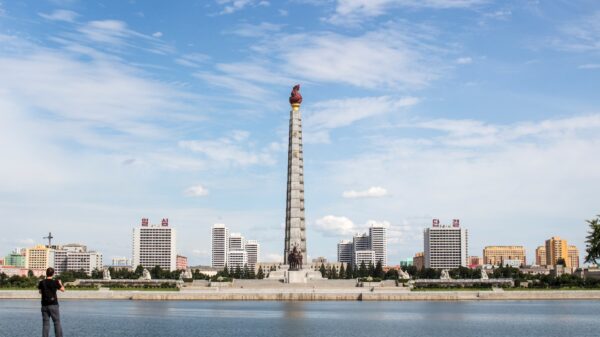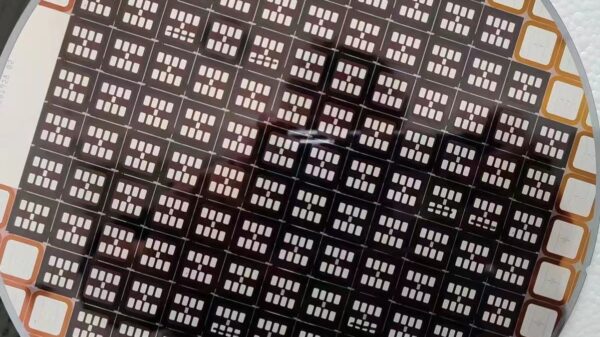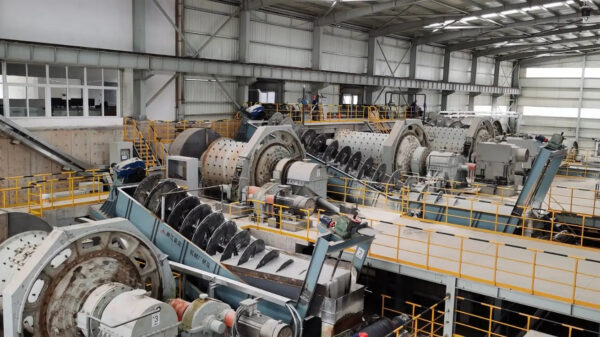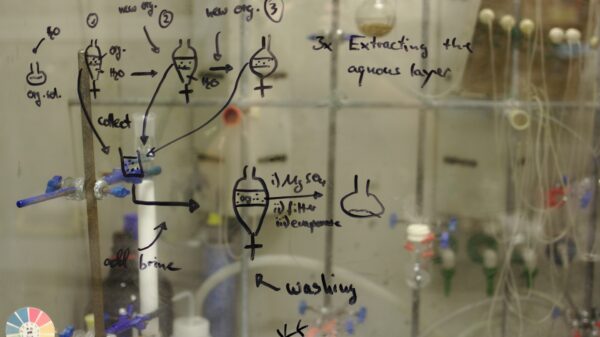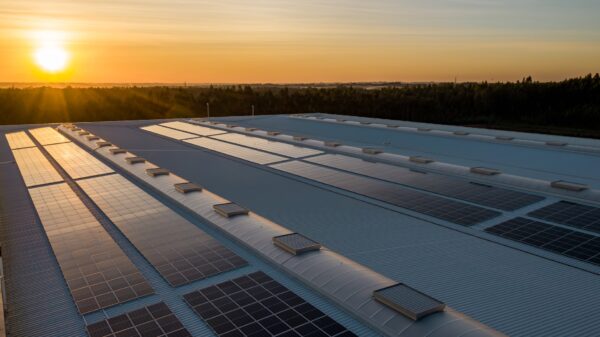Samsung Electronics has experienced a dramatic 96% plunge in operating profit during Q1 2023, primarily attributed to the company's semiconductor division, which recorded its first loss in 14 years. This analysis delves into the semiconductor market's present landscape, future outlook, and potential recovery timeline.
The semiconductor industry is no stranger to fluctuations, and the current downturn appears to be more pronounced than previous episodes. A distinct factor that sets it apart is the sharp decline in shipments rather than a dip in unit prices. The memory market has seen several previous troughs, with the latest one occurring in. . .









